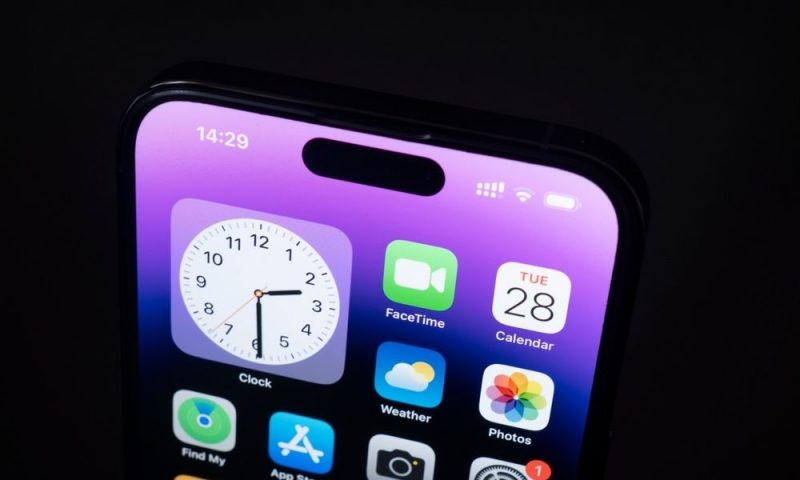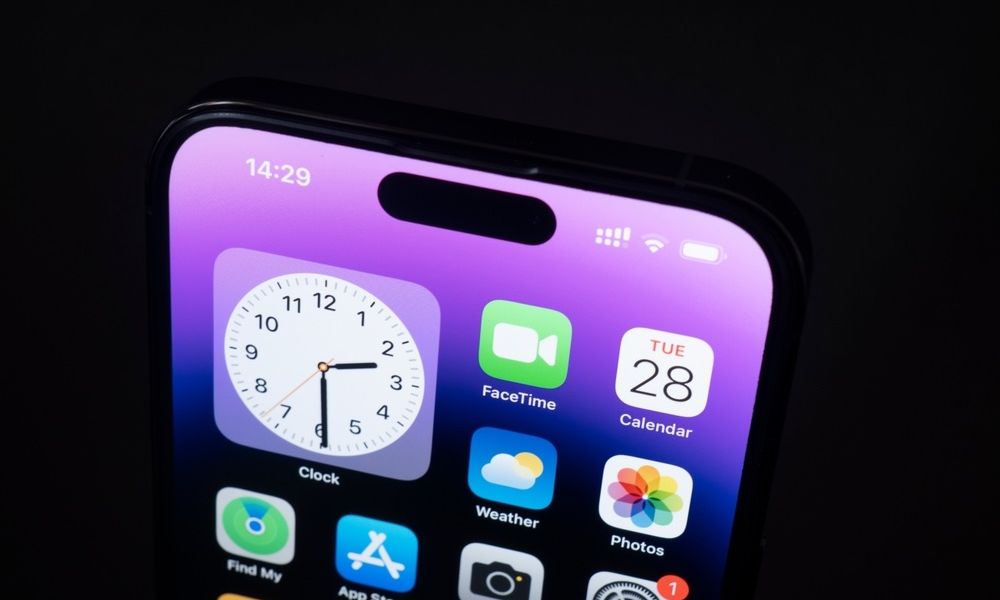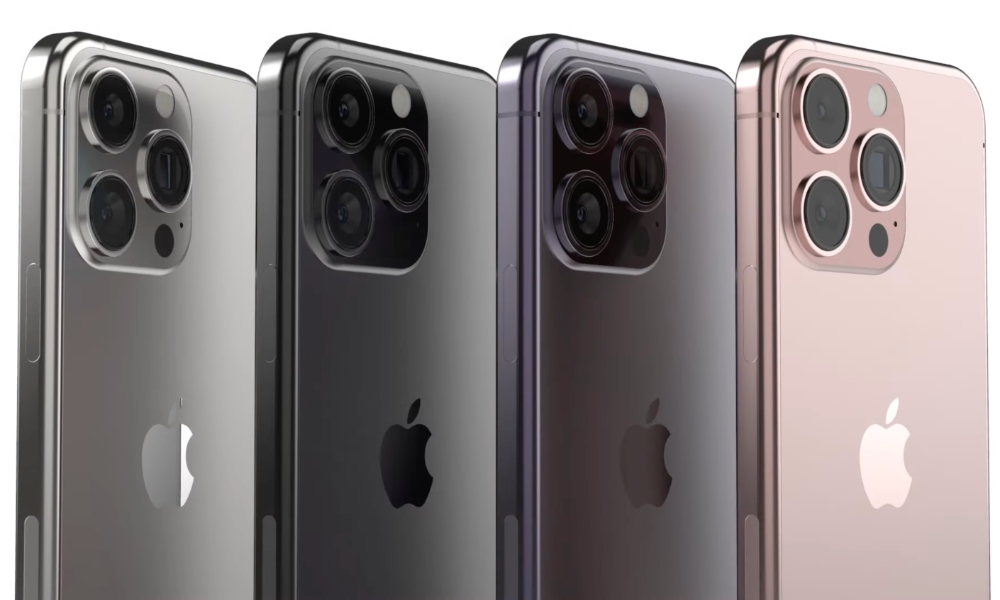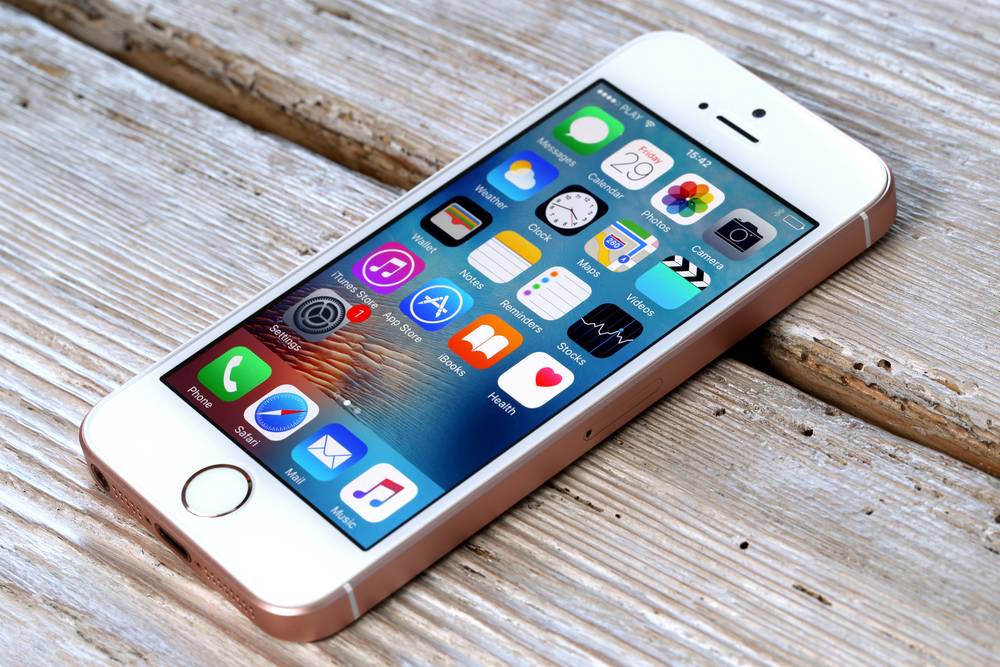Apple Plans to (Slightly) Redesign the Dynamic Island For The iPhone 15 | Here’s What This Means

 Credit: Shutterstock | BigTunaOnline
Credit: Shutterstock | BigTunaOnline
Less than 48 hours after the iPhone 14 Pro went on sale, display analyst Ross Young tweeted that the Dynamic Island wasn’t set to be a Pro-exclusive feature for the long term; in 2023, Young said, it was expected to become the standard design for the entire iPhone 15 lineup.
Six months later, Young’s prediction appears to have the support of every other analyst and leaker out there, suggesting that the Dynamic Island is a fait accompli at this point.
Still, although the iPhone 15 will almost certainly get the Dynamic Island, Apple still plans to set apart the displays on its iPhone 15 Pro models with the usual distinctions such as the 120Hz ProMotion variable refresh rate and the Always-On Display. In fact, the Dynamic Island may be the only significant change to the screen on this year’s iPhone 15 and iPhone 15 Plus models.

Bringing the Dynamic Island to the entire lineup makes a lot of sense when you think about it, since it’s an active part of the user interface. Features like variable refresh rates and even the always-on display are passive UI elements that are nice to have, but don’t dramatically change the way you actually use your iPhone in the same way the Dynamic Island does.
Tweaking the Dynamic Island
Apple does plan to make a few changes to the Dynamic Island for this year’s models, which may have been prompted by the need to build it into twice as many iPhones this time around.
According to a recent tweet from analyst Ming-Chi Kuo, all iPhone 15 models will be getting “a similar Dynamic Island design as the iPhone 14 Pro,” with a slight difference in where the proximity sensor will end up.
The proximity sensor has been part of every iPhone since the first model was released in 2007; it’s the component that determines when you’re holding your iPhone up to your ear so that it can turn off the screen. It’s something we take for granted today, but it was one of those little magical touches when the original iPhone came out in 2007. It was also a necessary feature to prevent your face from interacting with the iPhone’s touchscreen, which was a problem that other phone makers had never encountered before the iPhone came along.

Before the iPhone X arrived with its edge-to-edge display, the proximity sensor was tucked into a small hole directly above the earpiece. It was generally invisible on iPhone models with a black bezel, but you could clearly see it on those with a white front. This is still where it lives on the iPhone SE, but Apple’s Face ID-equipped iPhone models moved it into the notch along with the TrueDepth camera and other related sensors.
With the advent of the Dynamic Island on the iPhone 14 Pro and iPhone 14 Pro, Apple placed the proximity sensor under the display for the first time. It also got the new job of helping to manage the always-on display, turning it off to save power when you lay your iPhone 14 Pro face-down or put it in your pocket.
With the iPhone 15, it looks like Apple will bring the proximity sensor back out into the open, rather than leaving it under the screen. According to Kuo’s information, the proximity sensor is moving into the Dynamic Island. This is change is expected to apply to the entire iPhone 15 lineup.
Will the Dynamic Island Get Bigger?
While one might think that adding a sensor to the Dynamic Island will increase it’s size, Kuo maintains that there will be “almost no change to the Dynamic Island area.”
Leaker Unknownz21 confirmed this in a tweet, adding that the proximity sensor is part of a new “Single Pearl Module,” which is currently codenamed “Sphinx.”
Much of this appears to “inside-baseball” talk about rather esoteric supply chain information. Unknownz21 suggests that they had this information before, but hadn’t released it as they “didn’t think anyone would care.”
Moving the proximity sensor into a single Face ID module may simply be an attempt to streamline manufacturing or cut costs, but it could also signal some minor improvements.
Firstly, since this new “Sphinx” module includes the Face ID sensors, there’s also a slight possibility that Apple could use the opportunity to make some small improvements to Face ID in the process of redesigning the sensor array.
It’s also important to remember that the iPhone 14 Pro was the first model to place the proximity sensor under the display. Although we haven’t seen widespread complaints about the new proximity sensor, there have been some isolated reports of slower performance and incompatibility with third-party apps. It’s possible that Apple isn’t happy with how the under-display sensor is working out. Giving it a clear view from the Dynamic Island could ensure it works faster or more reliably.
[The information provided in this article has NOT been confirmed by Apple and may be speculation. Provided details may not be factual. Take all rumors, tech or otherwise, with a grain of salt.]







